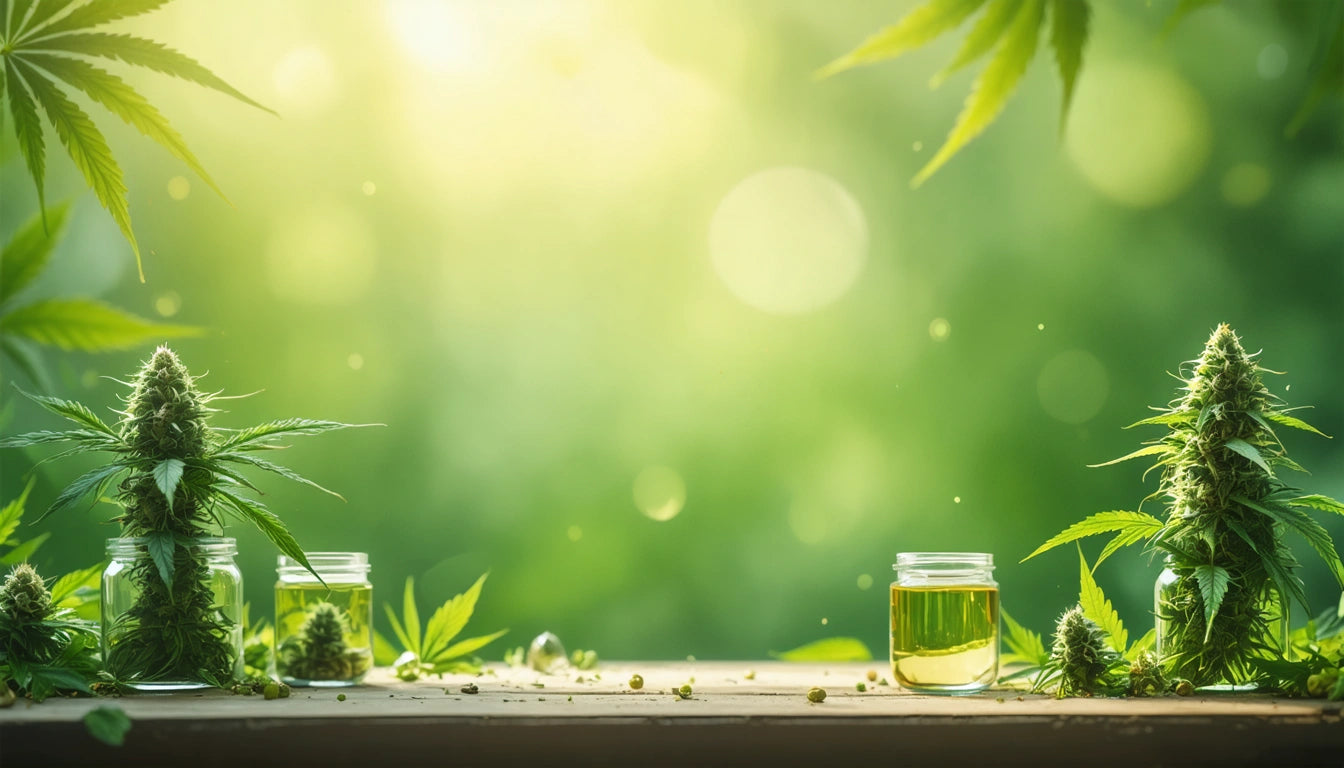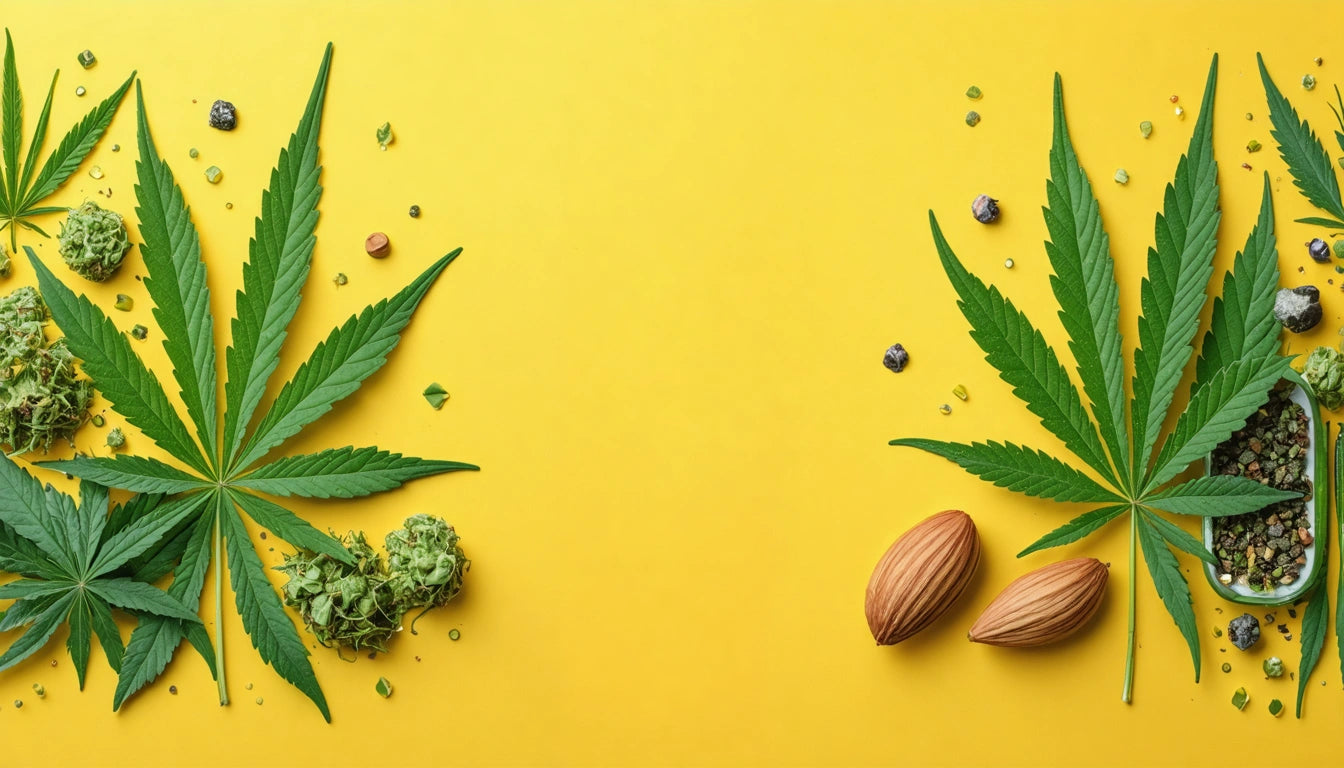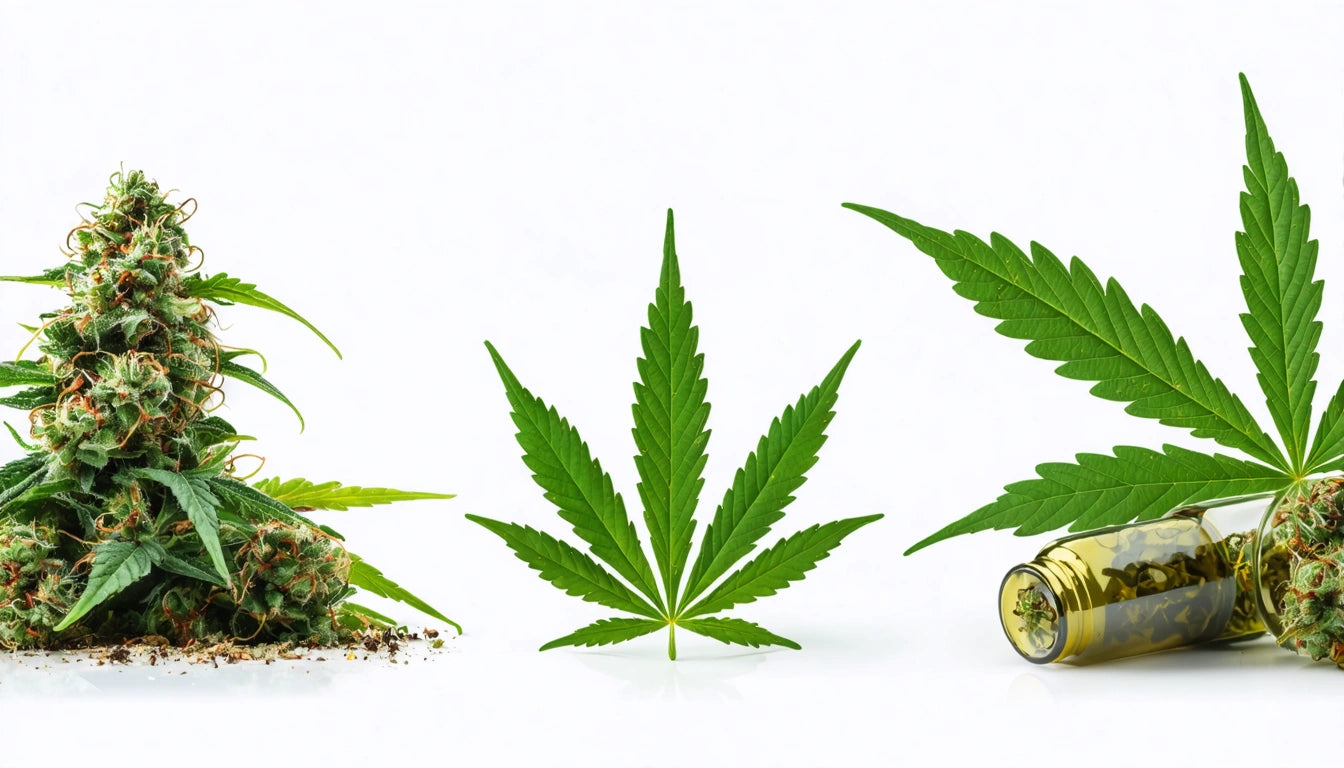Table of Contents
- What is Cannabis Tolerance?
- Biological Mechanisms Behind Cannabis Tolerance
- Factors Affecting How Quickly Tolerance Develops
- Signs You've Developed Cannabis Tolerance
- Managing Cannabis Tolerance Effectively
- Tolerance Breaks: How and When to Reset Your System
- Medical Considerations for Cannabis Tolerance
Cannabis users often notice that the same dose doesn't produce the same effects over time. This phenomenon, known as tolerance, is well-documented and affects both recreational and medical users. Understanding how tolerance develops can help consumers maintain the benefits of cannabis while minimizing unwanted adaptations.
What is Cannabis Tolerance?
Cannabis tolerance occurs when your body adapts to repeated exposure to cannabinoids, requiring higher doses to achieve the same effects previously experienced at lower doses. This adaptation is similar to tolerance development with other substances, though the mechanisms are specific to how cannabinoids interact with the body's endocannabinoid system.
Unlike tolerance to some other substances, cannabis tolerance develops relatively quickly, sometimes within days of regular use, but can also be reversed more rapidly when consumption stops.
Biological Mechanisms Behind Cannabis Tolerance
The primary mechanism behind cannabis tolerance involves changes to cannabinoid receptors in the brain and body. With regular cannabis use, CB1 receptors (the main targets of THC) undergo a process called downregulation, where they become less sensitive or decrease in number.
This downregulation is the body's attempt to maintain homeostasis despite the frequent presence of external cannabinoids. As THC and CBD affect the body differently, tolerance can develop at different rates for various effects.
Receptor Downregulation
Research shows that chronic cannabis use can lead to a 30-70% reduction in available CB1 receptors, depending on the frequency and duration of use. This reduction directly correlates with decreased sensitivity to cannabis effects.
Factors Affecting How Quickly Tolerance Develops
Several factors influence how quickly an individual develops tolerance to cannabis:
- Frequency of use: Daily users develop tolerance faster than occasional users
- Potency: Higher-THC products accelerate tolerance development
- Consumption method: Inhalation methods typically lead to faster tolerance than oral consumption
- Individual metabolism: Genetic factors affect how quickly cannabinoids are processed
- Body composition: THC is fat-soluble, affecting how it's stored and released
Understanding these factors can help users make informed decisions about their consumption patterns. For example, those concerned about tolerance might consider using microdosing techniques to minimize receptor adaptation while maintaining benefits.
Signs You've Developed Cannabis Tolerance
Common indicators that you've developed tolerance include:
- Needing higher doses to achieve desired effects
- Shorter duration of effects
- Diminished intensity of both psychoactive and therapeutic benefits
- Reduced side effects like dry mouth or red eyes
If you're using cannabis medicinally and notice decreased effectiveness, it may be time to discuss tolerance management strategies with your healthcare provider, as outlined in this guide to discussing cannabis with your doctor.
Managing Cannabis Tolerance Effectively
Several strategies can help manage tolerance without completely stopping cannabis use:
Rotation of Strains and Products
Different cannabis varieties contain unique cannabinoid and terpene profiles, which can affect how they interact with your endocannabinoid system. Rotating between products with different chemotypes may help reduce tolerance to specific compounds.
Consumption Method Variation
Alternating between inhalation, ingestion, and topical applications can target different receptor populations and absorption pathways. For those who store multiple products, using proper child-resistant storage solutions like secure jar caps is essential, especially in households with children.
Mindful Dosing
Using the minimum effective dose rather than maximum desired effect can slow tolerance development. This approach is particularly relevant for medical users seeking consistent symptom relief.
Tolerance Breaks: How and When to Reset Your System
A tolerance break ("T-break") involves temporarily abstaining from cannabis to allow CB1 receptors to upregulate and return to a more normal state. Research indicates that significant receptor recovery occurs within 48 hours of abstinence, with near-complete restoration after 4 weeks.
For those who use cannabis regularly, even short breaks of 2-3 days can noticeably reduce tolerance. Medical users who cannot completely stop may benefit from:
- Reducing consumption by 50% for 1-2 weeks
- Switching to primarily CBD products temporarily
- Implementing regular microdose days between standard doses
During tolerance breaks, some users experience mild withdrawal symptoms like irritability or sleep disturbances. These typically peak within 2-3 days and resolve within a week. Unlike with some substances, cannabis withdrawal is generally mild and non-dangerous.
Medical Considerations and Long-Term Management
For medical cannabis patients, tolerance presents unique challenges, as consistent symptom management is often crucial. Working with healthcare providers to develop personalized tolerance management strategies is important, especially for conditions requiring ongoing treatment.
Some medical users successfully implement scheduled tolerance breaks, while others find that consistent, minimal dosing provides the best balance between therapeutic effect and tolerance management. The approach should be tailored to individual medical needs and response patterns.
Understanding how medical cannabis differs from recreational use can help inform these decisions. Medical users often focus on specific symptom relief rather than psychoactive effects, which can influence tolerance management strategies.
Cannabis tolerance is a normal physiological response to regular consumption, not an indication of problematic use. By understanding the mechanisms behind tolerance and implementing thoughtful consumption strategies, users can maintain the benefits of cannabis while minimizing the need for escalating doses.











Leave a comment
All comments are moderated before being published.
This site is protected by hCaptcha and the hCaptcha Privacy Policy and Terms of Service apply.